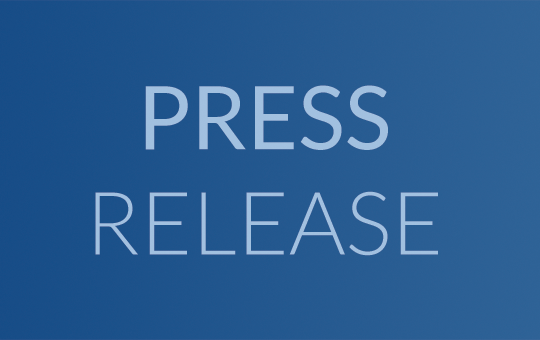
Proposed federal rules for measuring and addressing congestion in states and metro areas generate widespread opposition

Nearly 150 organizations — including dozens of local chambers of commerce and elected officials — and nearly 5,000 individuals spoke out in opposition to a flawed proposal from USDOT.
WASHINGTON, DC — Led by Smart Growth America (SGA), Transportation for America and the National Complete Streets Coalition, a broad coalition of business groups, local elected leaders, national and local organizations and thousands of individuals filed formal comments last week urging USDOT not to incentivize transportation projects that would punish cities investing in public transportation, treat main streets like highways, ignore the needs of people walking or biking, and push local communities of all sizes to waste billions of dollars in vain attempts to build their way out of congestion.
The comments were in response to a proposal from USDOT that will, when finalized in 2017, govern how states and metro areas are required to measure and address congestion and other metrics like freight movement and emissions, on a large share of our nation’s roadways. The 120-day public comment period closed on Saturday, August 20th. (The letter from the full coalition is here, a separate letter signed by 21 chambers of commerce is here, and the comments submitted by individuals are here.)
For two years, as required by 2012’s MAP-21 transportation authorization, USDOT has been working to establish a new system of performance measures to help govern how federal dollars are spent and hold states and metro areas accountable for making progress on important goals — a welcome shift toward measuring what our transportation spending actually accomplishes.
But this proposed rule would lead to negative outcomes in communities and billions of dollars wasted due to its singular focus on moving single-occupancy vehicles as fast as possible while failing to count the benefits of carpooling, public transportation, telecommuting, bicycling or walking. (T4America outlined the problems with the rule in detail here.)
“There’s a direct connection between how we decide to measure congestion and the ‘solutions’ that we decide to invest in,” said James Corless, director of Transportation for America (T4America). “And by prioritizing vehicles over people and completely ignoring a diversity of transportation options, this proposed rule would fail the communities that our transportation investments are intended to serve.”
To develop a stronger alternative measure to submit to USDOT, SGA convened a working group of more than 30 local elected officials, state DOTs, metropolitan planning organizations (MPOs) and transit agencies, and national and state trade groups and advocacy organizations.
This work was supported by numerous state DOTs, MPOs, transit agencies and advocacy organizations; Oregon Metro (Portland) and Indy MPO; Trimet; Metro Atlanta Chamber and Indy Chamber; and the Transportation Equity Caucus, League of American Bicyclists, Safe Routes to School National Partnership, People for Bikes, PolicyLink, the Leadership Conference on Civil and Human Rights, Center for Neighborhood Technology and many others.
The coalition specifically requested the following changes to the final rule:
- Focus on the movement of people instead of only vehicles — the rule would treat a bus full of commuters the same as a single vehicle carrying one person;
- Remove the duplicative vehicle speed measures that provide marginal benefit;
- Provide a timeline for USDOT to implement an accessibility performance measure;
- Measure greenhouse gases (GHG) from the transportation sector, which represents the largest GHG emissions sector in the country; and
- Improve data sets to incorporate accurate roadway volumes, strategies to develop and implement safe and accessible multimodal networks, accessibility, and trip origin and destination.
In addition, a congressional delegation led by Senators Carper and Menendez in the Senate and Representative Blumenauer in the House also sent letters to USDOT Secretary Foxx requesting that USDOT assess the movement of people, rather than vehicles, as a better measure of congestion and also reward the improvements that can come from transit, toll lanes, or encouraging travelers to choose other options like walking or biking.
We are hopeful that the Obama Administration will heed our call and change this rule to encourage a more holistic approach for measuring traffic congestion that counts everyone and supports the ambitious plans of local, metro and state leaders to make smart transportation investments to better connect all people to opportunity.
—
For immediate release
Contact: Steve Davis
steve.davis@t4america.org
202-971-3902
Transportation for America (www.t4america.org) and the National Complete Streets Campaign (www.completestreets.org) are programs of Smart Growth America (www.smartgrowthamerica.org).



